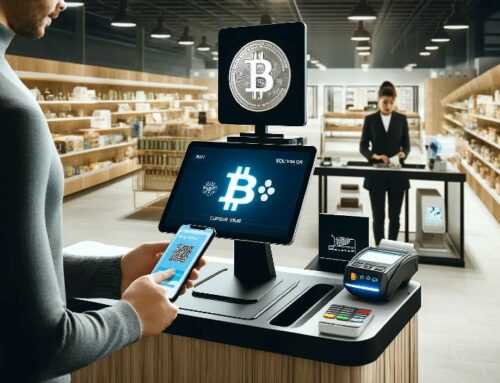How The Lightning Network Grounds Bitcoin In Its Primary Function
In the growing conversation about the potential of Bitcoin to change the world, it is often lost that the primary offering of Bitcoin is quite simple; the cryptocurrency was designed to be a medium of exchange.
In other words, it was supposed to facilitate enterprise, and that is helping users pay for goods and services.
How Bitcoin became known first as an investment asset could be termed an unintended outcome that became a huge positive. Of course, the reason for that is the decision by Satoshi Nakamoto to make the digital currency deflationary. The number of Bitcoins that will ever be in circulation is capped at 21 million.
That, coupled with a growing demand for it, doesn’t just maintain its purchasing power in the long term but increases it. In contrast, there is no cap on the number of units of a fiat currency that can be printed. Indeed, the traditional financial systems are incentivized to forever continue increasing money in supply.
While Bitcoin has become popular as an investment asset, its use as a medium of exchange has yet to match. This is partly because merchants have yet to embrace it in critical mass. This is expected to change with time, especially with growing awareness, more accommodating regulators, and the building of easy-to-use wallets.
The cryptocurrency has also had inherent weaknesses, making many view it as more of a store of value rather than a medium of exchange. Indeed, in its early days, the protocol on which Bitcoin ran lacked the technical capacity to compete with other digital payment methods. Bitcoin was initially designed to process about seven transactions per second. The payment platforms it sought to compete with, such as Visa, can process tens of thousands of transactions per second.
The fight over scaling Bitcoin
The journey to scale Bitcoin has been long, and it has been very contentious. Indeed, the Bitcoin network has hard forked (split) a few times to create separate cryptocurrencies because the community could not agree on the best scalability solution to pursue.
The most known of these hard forks happened in August 2017 when the Bitcoin network split into Bitcoin (BTC) and Bitcoin Cash (BCH). While one section of the Bitcoin community pushed for the size of the transaction file (block) confirmed every ten minutes to be increased to more than 1 MB, others thought that would end up centralizing Bitcoin as only those with the capacity to accommodate the larger file could join the network as miners.
After the split, the part of the community that retained the Bitcoin with a 1MB block size decided to pursue other ways to scale Bitcoin. The Lightning Network became the most preferred of the alternative scaling solutions. In 2016, two developers, Joseph Poon and Thaddeus Dryja, published a white paper explaining how the solution would increase the Bitcoin network’s capacity without compromising its security or inviting centralization, especially in mining.
What is the Lightning Network, and how does it work?
The lightning network is a protocol that, through smart contracts, allows users to create payment channels secured by the Bitcoin network. While the blockchain secures the transactions processed through the payment channels, they do not need to be confirmed immediately on the blockchain.
Meanwhile, numerous transactions can be processed through a single payment channel, and an indefinite number of payment channels can be created. At the basic level, two individuals or organizations can create a payment channel between themselves. Many of these channels can be linked to create a network so that even counterparties who do not share a channel can route a payment through various existing channels.
This makes it possible for Bitcoin payments to be instant and also for the fees paid for the confirmation of the transaction to come down significantly. This also relieves the Bitcoin blockchain to support numerous other types of transactions. For example, the blockchain is now used to support non-fungible tokens (NFTs) through the Ordinal protocol.
The lightning network gives the Bitcoin network an equal capacity for settling payments like what Visa and other digital payment platforms have. Indeed through the Lightning Network, the Bitcoin network can process even millions of transactions per second. By so doing, the technology reestablishes Bitcoin as an ecash that can be used for different payment needs.

Don’t miss out – Find out more today



